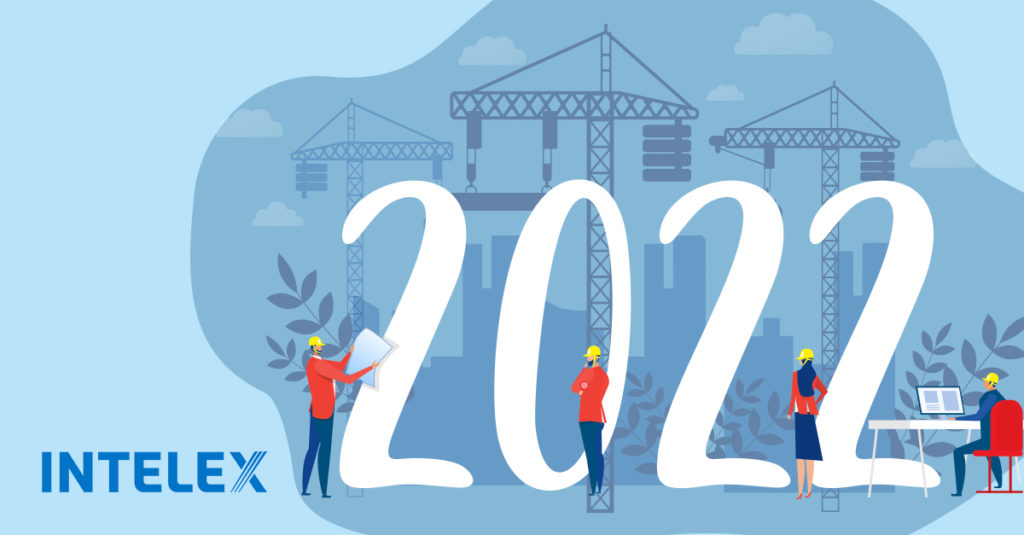
When an organization believes in a vision, or in this case – a safety vision – it will elevate individual values to that of the shared vision. What it means to me as a safety professional is that I have a chance to capture an employee all day/every day, at work and at home. It fosters a partnership that extends past the employee-manager relationship and opens the door to new ideas and increases engagement while adding shareholder value.
It also allows me to challenge the organization when decisions are contemplated that threaten the success of the endorsed safety vision. Simply put, a great safety process begins with a great safety vision that is so real you can latch on to it and leverage it for success. It creates energy and a passion for making change happen. It inspires individuals and organizations to commit, to persist and to give their best.
Do you have a vision for success? Here are 7 tips to help you refine your safety vision for 2022:
- Seek multiple perspectives. Assess your organization from top to bottom and inside out. Ask employees what motivates and inspires their commitment to safety and if the current safety vision aligns with their perspectives.
- Gather external feedback, and don’t be discouraged if comments from the manufacturing floor do not align with comments from the front office.
- Look for natural safety champions and assemble a vision team. It’s crucial to take the time to build a team of dedicated colleagues from all levels of the organization who share your passion for and dedication to safety.
- Review your organization’s safety goals and objectives before crafting the safety vision. Without a clear understanding of what you hope to achieve, it’s impossible to realize your safety objectives. Document these goals and ensure that all members of the safety team have ownership and commitment to achieving them.
- Start working on a laser-focused safety vision for your organizationonce once you have reviewed your goals and objectives. Your vision statement should be brief and to-the-point. If it is more than one or two sentences, you will struggle to communicate its purpose and value. A single phrase or sentence probably works best. Remember, the straightforward measure of success is to create a safety vision that is compelling and memorable. If employees can’t remember it, they will be less likely to help you realize it.
- After completing the safety vision statement, test it in draft form with employees, colleagues, and those outside your organization. Remember, if the statement doesn’t inspire, it is not going to work. By sharing drafts, you’ll work toward gathering support for your vision. Don’t discount the value of stakeholder buy-in, which extends the reach of the safety process and helps build advocacy within your organization.
- Gain endorsement. The endorsement of the vision statement is a critical step in this process and should not be taken lightly. Since your laser-focused safety vision statement is values-based, the support from others is crucial. It is the stamp of approval that signifies a collective agreement that will help you realize the vision. Many grand visions have failed because of poor endorsement practices. If done right, however, you can move past a workforce of safety participants to a workforce of safety partners who not only sponsor but implement a process that supports the vision.
I’ve watched too many peers work from a “to-do” list rather than truly embrace and lead safety in their organizations. While I’m certain there are reasons for working this way, the reality is that it’s impossible to “luck” your way into safety success.
Without a laser-focused safety vision and a core list of goals and objectives, safety success will be at best limited and very likely not sustainable. As leaders, our jobs not only are to be technically proficient, but to inspire, energize and motivate others to achieve success. As safety leaders, our chief responsibilities are to aggressively pursue a vision for safety that leads to the best possible outcomes–the safety and well-being of our employees.
